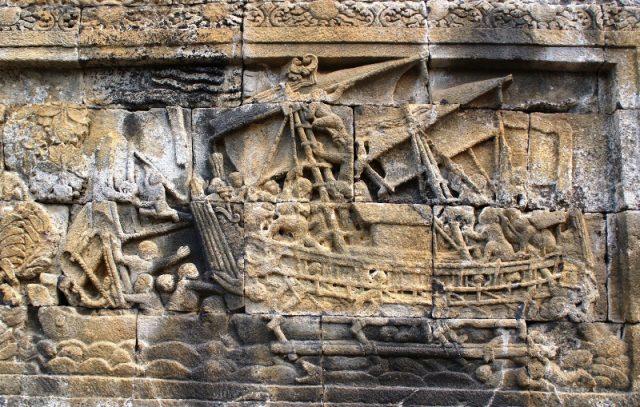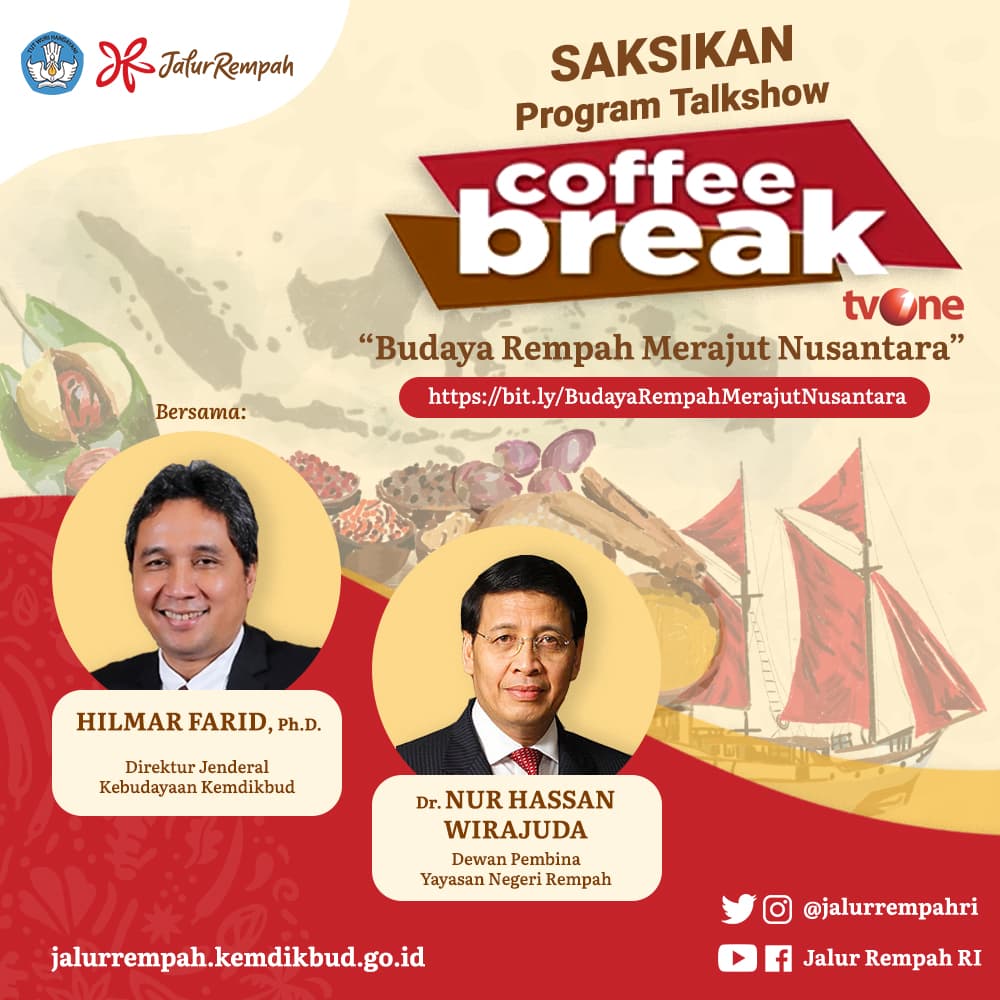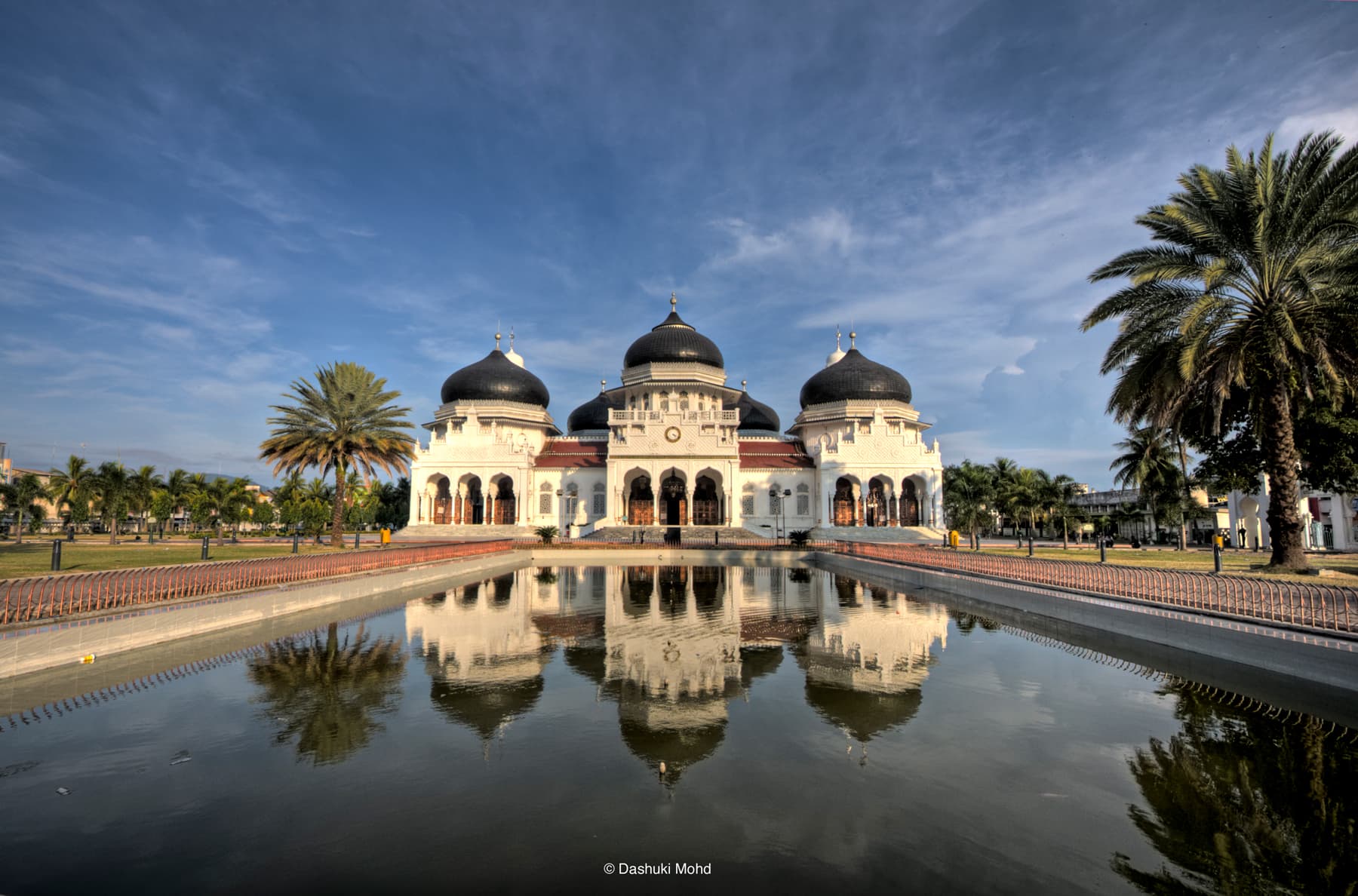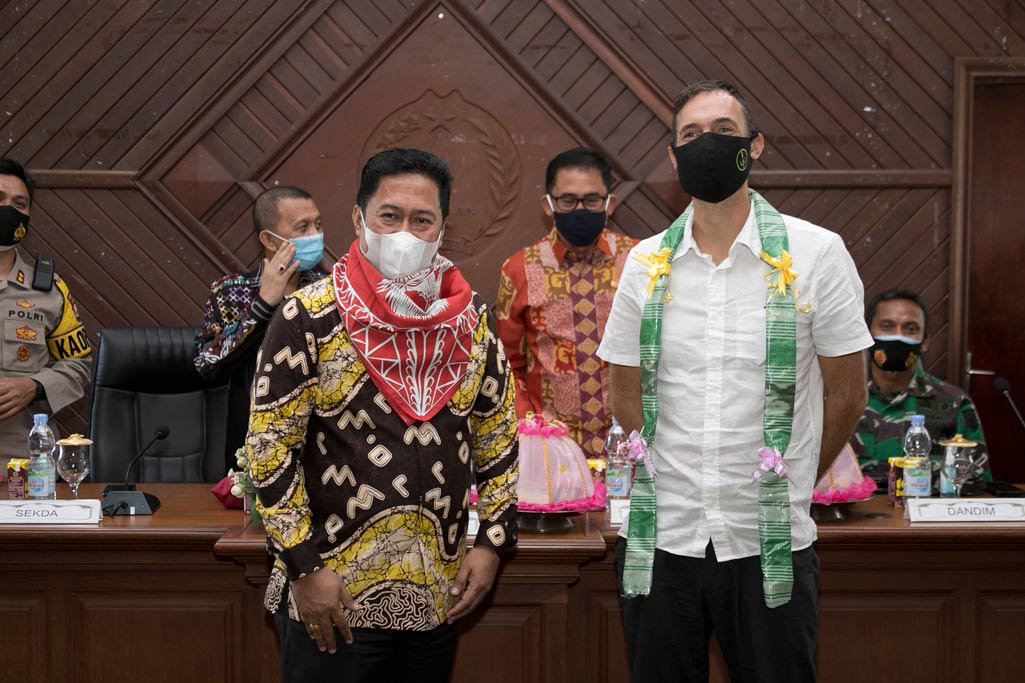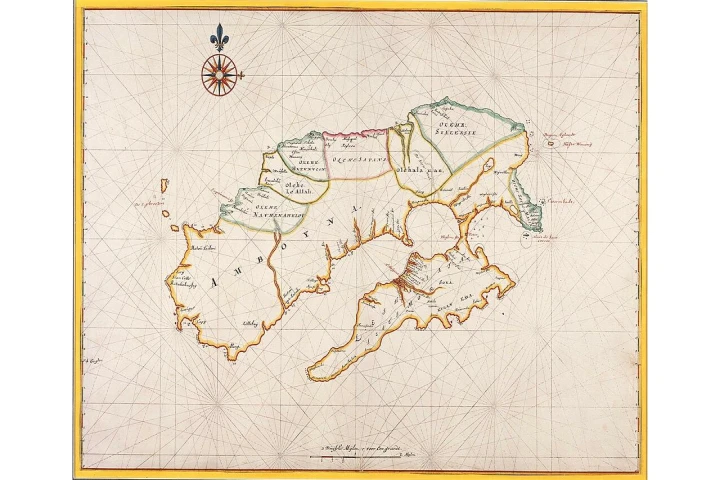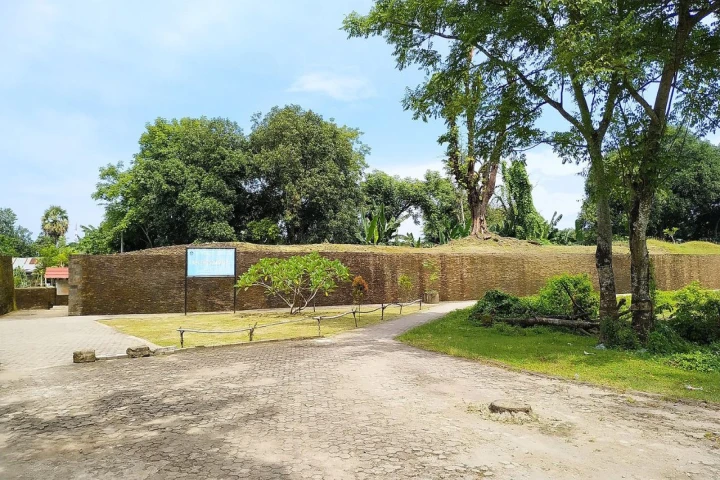
Port Makassar or Somba Opu was a royal castle, built by the 9th Sultan Gowa, Daeng Matanre Karaeng Tumapa’risi Kallonna in 1525. Since the fort’s construction could not finish in one period, the 12th king of Gowa, Karaeng Tunijallo, and Sultan Alauddin continued the construction. The fort was then refined and made into the main fort, the central trade where ships moored, and the central government of Gowa Kingdom by Sultan Hasanuddin.
The fort became the spice trade center and port that attracted numerous international traders from Asia and Europe in the middle of the 16th century. After Daeng Mtanre Karaeng To Mapa’risi Kallonna officially moved the central kingdom to Somba Opu, in the delta of Jeneberang river in 1510, the fort became the capital, the center of the Gowa Kingdom that merged with the Tallo Kingdom.
Port Makassar grew to become the residential center and even the city center. Besides the people of Gowa, traders from various countries across the world, such as Danish, English, Portuguese, and Gujarati, also lived here. Having their own offices for trade activities, these traders also built official residences. The offices were located near the fort, with some space functioned as markets and center of the crowd located in the estuary of Je’neberang river, where sailors moored their vessels.
Since the pre-colonial era, Port Makassar (Somba Opu) played a role in eastern Indonesia’s entrance. Located south of Sulawesi Island, Makassar has a long history as a distinguished trade port.
Nonetheless, Makassar never became the Nusantara trade center until the end of the 15th century. A significant change happened in the 16th century when the Muslim traders moved to Makassar from Malacca that the Portuguese took over in 1511. The settlement of Muslim traders in Makassar became a foundation for forming a new entrepot in eastern Nusantara, where Malacca traders were specially requested to manage the port.
Due to the ‘free’ trade system, Makassar’s progress created a threat to VOC that incessantly maintained a spice trade monopoly in Nusantara. As a result, Makassar traders could break through the Dutch monopoly in Maluku.
It took years for the Dutch to conquer Makassar eventually. However, VOC managed to conquer Makassar and the surrounding waters with the help of the Bone Kingdom in the 1660s. With Bone’s help, VOC destroyed Gowa’s center of domination. The war ended with the Bongaya agreement between Sultan Hasanuddin and VOC, followed by demolishing all forts, including Fort Somba Opu.
_________
Sources:
Benteng Somba Opu – Balai Pelestarian Cagar Budaya Sulawesi Selatan. Balai Pelestarian Cagar Budaya Sulawesi Selatan. (2020). Accessed on 25 October 2020 from https://kebudayaan.kemdikbud.go.id/bpcbsulsel/benteng-somba-opu/.
Muhaeminah, Muhaeminah. (2016). Eksistensi Bata Kuno di Museum Benteng somba Opu Memberi Suatu Makna. Al-Qalam. 20. 309. 10.31969/alq.v20i2.189.
_________
Text: Syahidah Sumayyah
Editor: Doni Ahmadi
Translator: Dhiani Probhosiwi
Image: Si Gam. 2021. Benteng Somba Opu. Wikimedia Commons.



